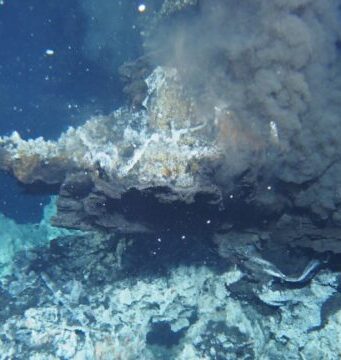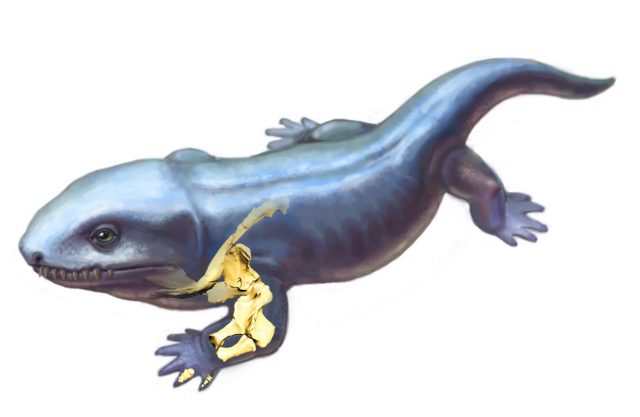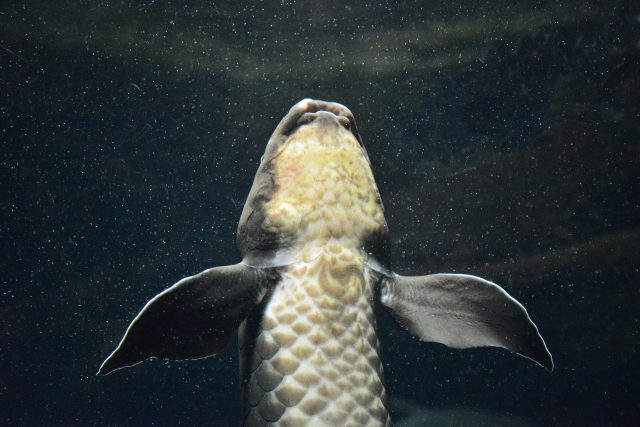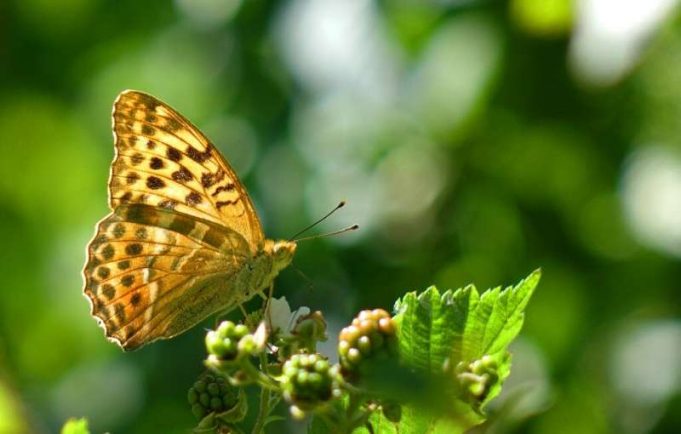A new method, developed by scientists at the University of Bristol can determine the optimal colouration pattern to cover an object in order to make it as visible or concealed as possible, in any given environment.
And in doing so...
When tetrapods (four-limbed vertebrates) began to move from water to land roughly 390 million years ago it set in motion the rise of lizards, birds, mammals, and all land animals that exist today, including humans and some aquatic vertebrates...
Catnip is known to hold a special place in the hearts of felines, who often respond by rubbing their face and head in the plant, rolling around on the ground, then zoning out in a state of intoxicated repose.
But...
Two studies by scientists at Bristol's Schools of Physiology, Pharmacology and Neuroscience and Biological Sciences have shown these insecticides affect the amount of sleep taken by both bumblebees and fruit flies, which may help us understand why insect pollinators are vanishing from...
A male Springbok praying mantis looking for a hook up doesn't have to worry about a female stealing his heart away.
There is, however, a very good change she'll bite his head off, and he knows it.
Indeed, 60 percent of sexual...
The Tiger Rattlesnake possesses the simplest, yet most toxic venom of any rattlesnake species, and now new research from a team lead by a University of South Florida biologist can explain the genetics behind the predator's fearsome bite.
Published in...
Using cutting-edge DNA sequencing technologies, a group of laboratories in Konstanz, Würzburg, Hamburg and Vienna, led by evolutionary biologist Professor Axel Meyer from the University of Konstanz, have fully sequenced the genome of the Australian lungfish. The genome, with...
The whimsical, wafting flight of butterflies may not give the impression of top aerodynamic performance, but research published on Wednesday suggests their large flexible wings could be perfectly designed to give them a burst of jet propulsion.
Scientists at Lund...
A McGill-led research team has identified a new species of praying mantis thanks to imprints of its fossilized wings. It lived in Labrador, in the Canadian Subarctic around 100 million years ago, during the time of the dinosaurs, in...
Researchers from the University of Cambridge have discovered a fossil of the earliest starfish-like animal, which sheds light on the origins of the nimble-armed creature. The prototype starfish, which has features in common with both sea lilies and modern-day...
Trapped in amber for ~100 million years, an exceptionally well-preserved, light-producing beetle sheds light on the diversification of bioluminescent beetles in the Cretaceous period and provides the missing fossil link between fireflies' living relatives.
With over 3,500 described species, light-producing...


















